The gentle Photodynamic therapy (PDT) as an alternative cancer therapy
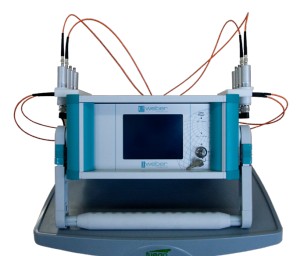
Photodynamic therapy (PDT) is a promising treatment approach in the field of alternative cancer therapy and becoming more and more interesting in addition to the commonly used chemotherapies, radiation and surgery to remove malignant tumor tissues.
In this photodynamic therapy (PDT), a light sensitive substance, a so-called Photosensitizer is injected into the patient. This medium accumulates selectively in the tumor cells.
The tumor cells then die through the laser light irradiation into the tumor cells, healthy cells are not affected.
Thus this alternative cancer therapy can be used on the body parts that are problematic for other treatments.
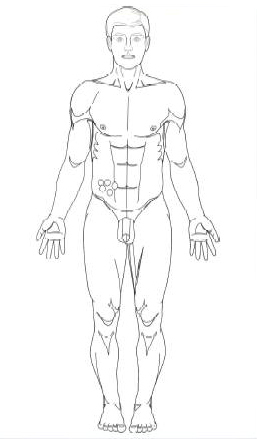
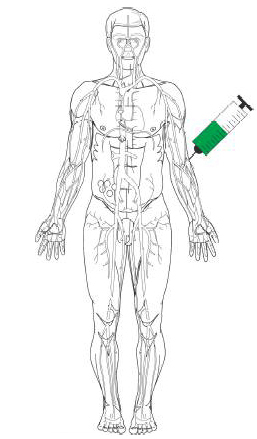
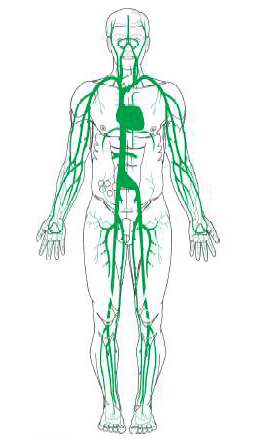
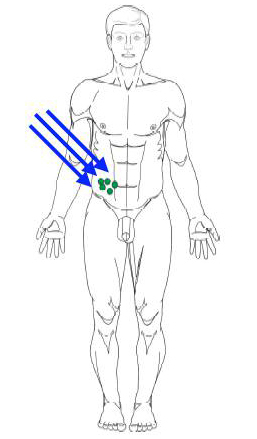
Photodynamic therapy (PDT) is much gentler on the patient and
„Compared to the otherwise standard treatment approaches, the side effects and health risks are low,
praises the director of the Centre of Advanced Medicine Clinic, Dr. Siebenhüner.
„The tumor tissue can be treated by photodynamic therapy (PDT) specifically because almost only the tumor cells take up the respective photosensitizers. The healthy cells are little affected. Thus, only the tumor cells will die if they receive just enough of the photosensitizing substance and the laser light has deliberately targeted the tumor cells. This is the art of medicine – to the benefit of our patients.
The various photosensitizers respond to different colors of a laser (red, yellow, blue, green and infrared) with some colors having been developed only recently, so it is a New Cancer Therapy and Possibility.

After administration of the photosensitizer and after the substance has enriched specifically in the tumor tissue, a second treatment step takes place.
A specifically tailored to the particular photosensitizer laser light of a certain color results in the stimulation or activation of the photosensitizer in the corresponding tumor cells which ultimately die by this laser irradiation.
Advantage of photodynamic therapy (PDT) cancer therapy is the treatment limitation on the malignant tumor tissue by specific and selective Photosensitizer structure and the focused laser radiation.
The surrounding healthy tissue is not affected by the Photodynamic therapy (PDT). The gentle Photodynamic therapy (PDT) be applied often as needed and can be easily combined with other cancer therapies such as chemotherapy or low-dose chemotherapy.
As a photosensitizer, we use chlorine E6, hypericin and curcumin.
But not only tumors can be treated alternatively with photodynamic therapy (PDT), also other tissue changes, such as vascular neoplasms.
In dermatology and ophthalmology, the Photodynamic therapy has (PDT) is already established as standard practice.
In oncology, the application of photodynamic therapy (PDT) is a not-or. Minimally invasive therapy, for example, in the treatment of prostate cancer or bladder cancer. This has already proven to be very gentle alternative process well in our center photodynamic therapy (PDT), without causing serious side effects or pain.
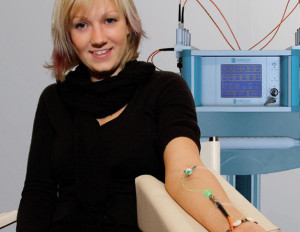
But even in chronic prostatitis or benign enlargement of the prostate gentle Photodynamic therapy (PDT) is an excellent alternative therapeutic option.
Other possible applications of photodynamic therapy (PDT):
- parasites, bacteria and viruses
- Disease
- Multiple Sclerosis
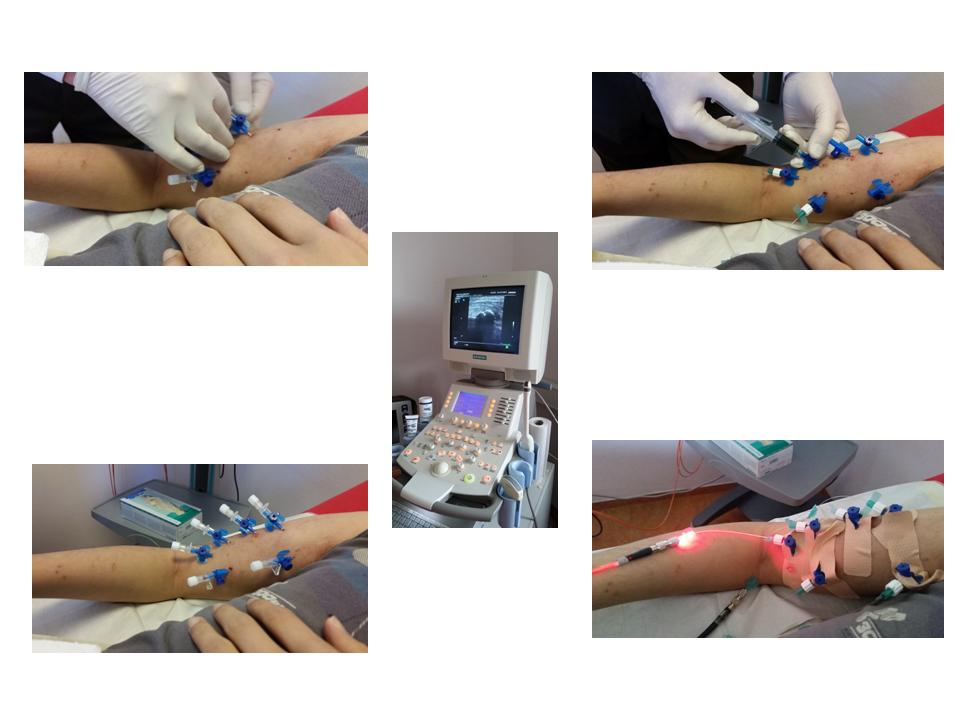
The Ewing sarcoma is a highly aggressive bone cancer. At the our center the sarcoma was treated with photodynamic laser therapy.
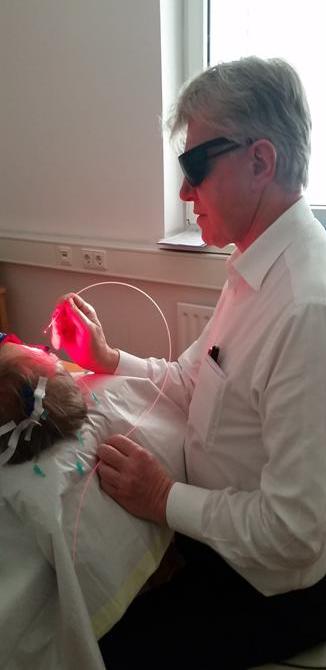
Lymphoma treatment with the photodynamic laser therapy ( PDT ) and the photosensitizer chlorin E6.





